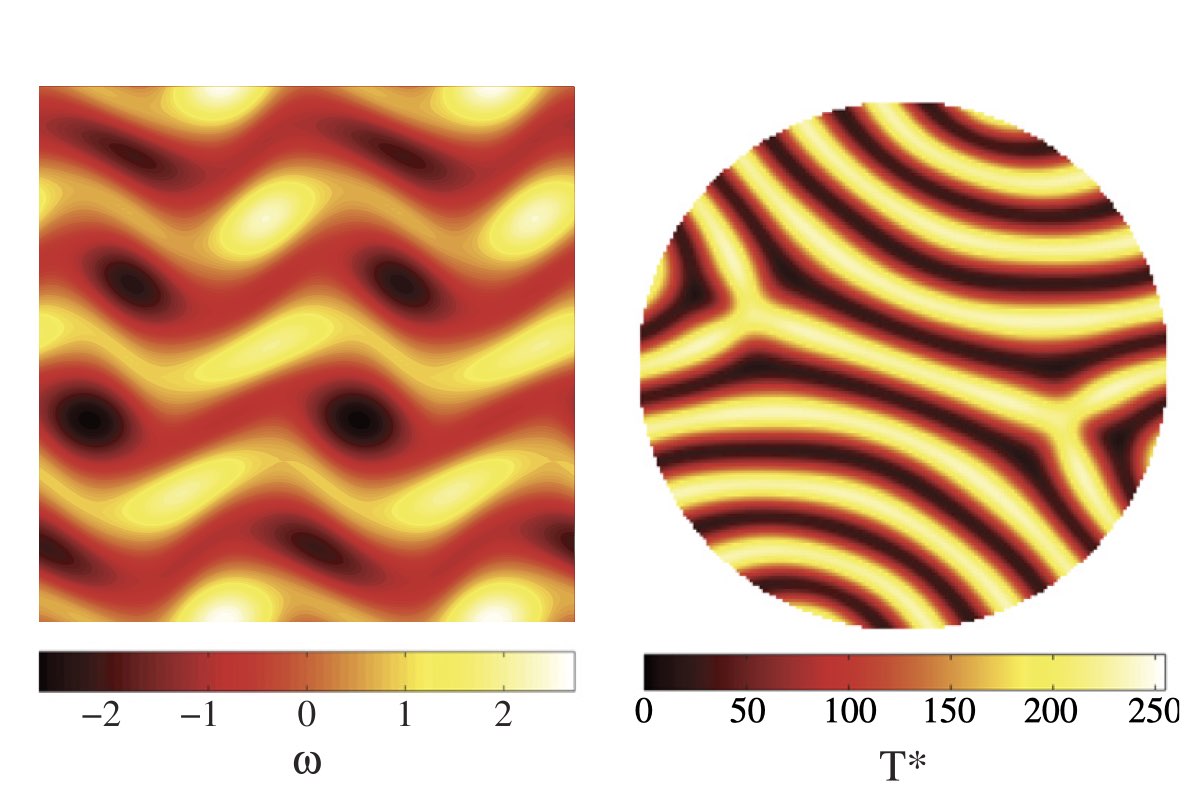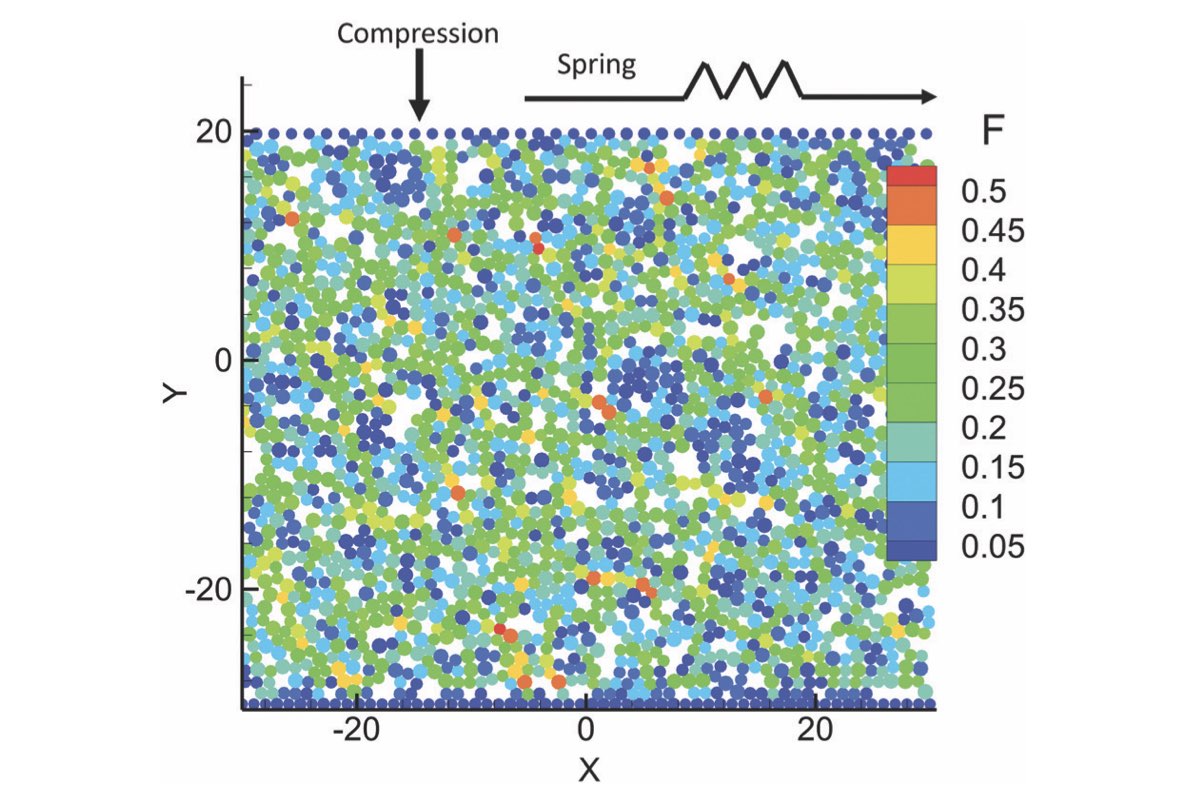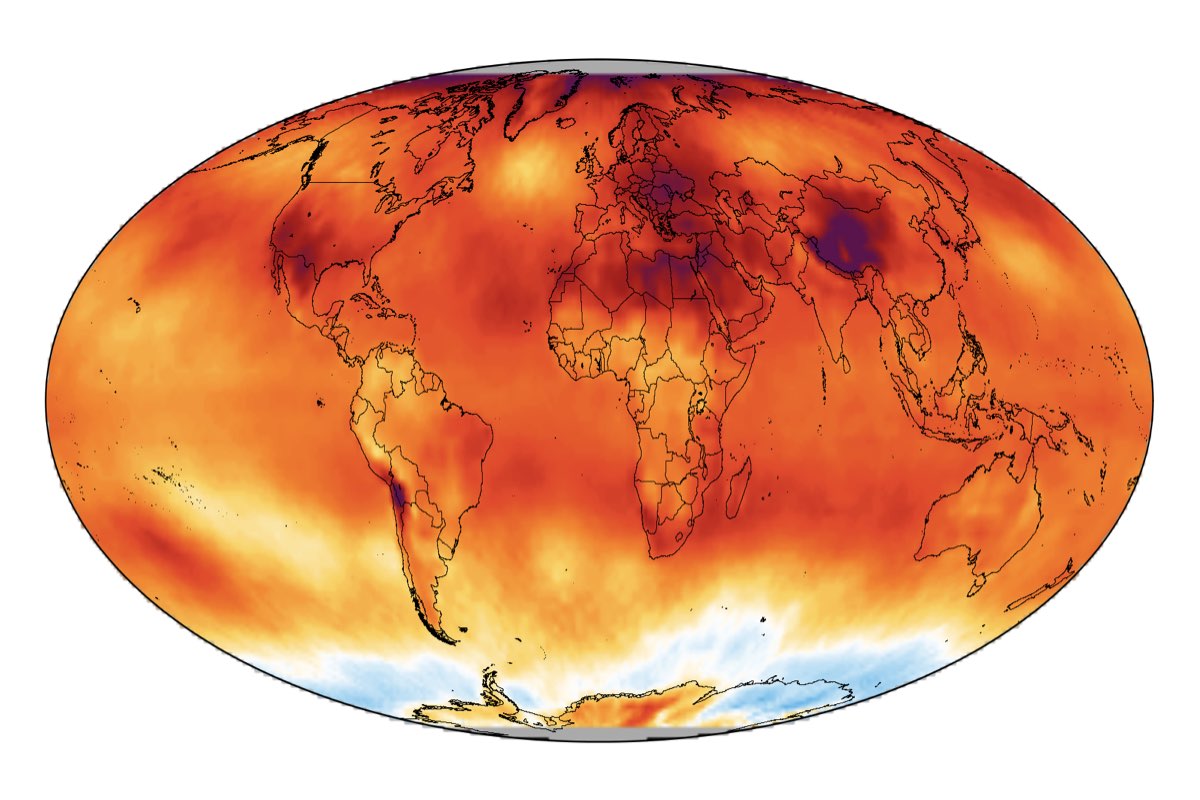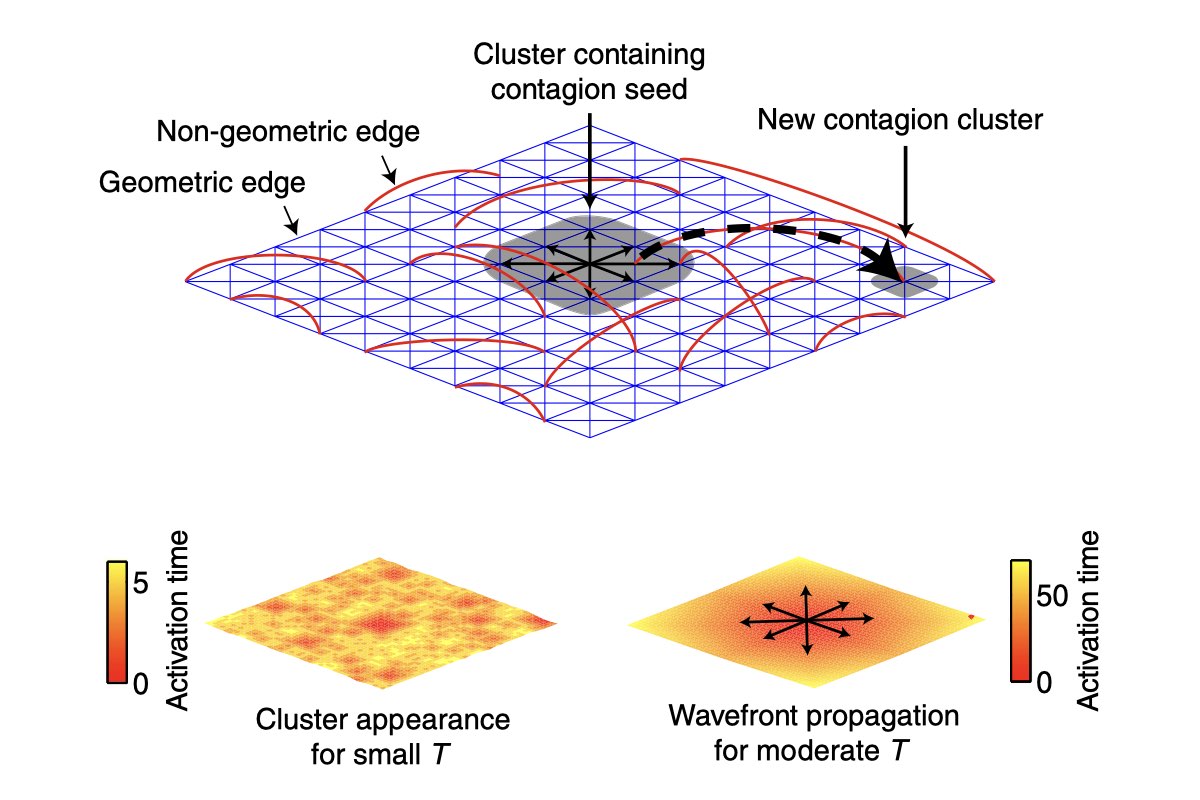Research
Granular Media
Granular materials are ubiquitous and crucial in various technologically relevant applications. We handle these materials daily, starting with coffee beans and cereals in the morning. In contrast, coal, gravel, sand, cement, and other powders are handled on a much larger scale in the industry. The worldwide annual production of grains and aggregates of various kinds exceeds ten billion metric tons. The energy needed to process them amounts to roughly 10% of all the energy produced on this planet. Hence, understanding the physics of granular materials has a significant economic impact. However, even though granular materials have been extensively studied for centuries, many of their properties remain obscure.
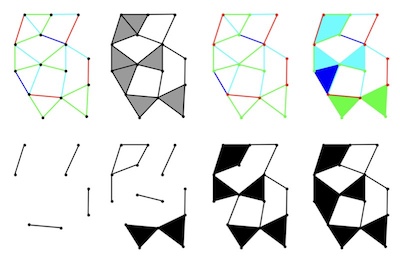
Topological Data Analysis of DGM
Read More
Force Network Reconstruction
Read More
Dynamics of Silo Deformation
Read MoreDynamics Of Complex Spatio-temporal Systems
Our world is constantly changing. Social changes, economics, and weather influence our everyday lives. To better understand these phenomena, scientists try to construct their mathematical models. Understanding the dynamics exhibited by these models helps us to predict and better prepare for the future. Already, simple models can produce very complicated dynamics. The state space of complex spatio-temporal systems is often infinite-dimensional. However, the interesting dynamics frequently occurs on a low dimensional attractor and can be understood in terms of simple invariant sets and connecting orbits between these invariant sets.

